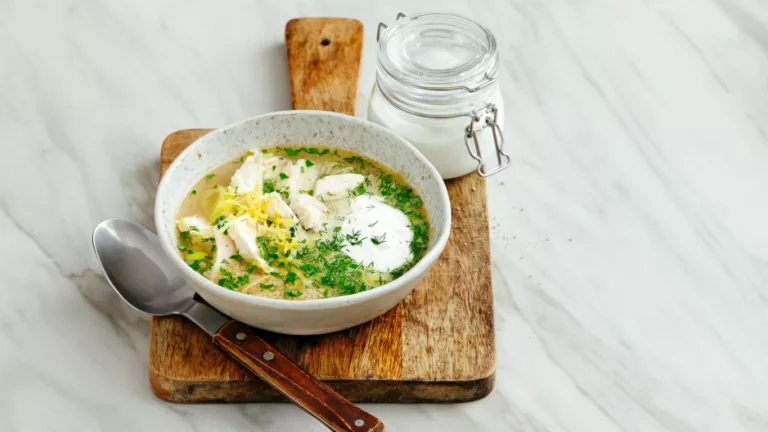Discover How Blood Pressure and Trans Fats Affect Your Heart Health
High blood pressure, or hypertension, is often called the “silent killer.” It’s one of the most common health conditions, yet many people don’t realize they have it until it’s too late. As a hypertension expert, I’ve seen firsthand how small lifestyle changes can make a massive difference. But there’s one thing I keep stressing to my patients—watch out for the dangers of trans fats. These hidden culprits not only wreak havoc on your cholesterol levels but also contribute to high blood pressure. Let’s take a deep dive into how blood pressure and the dangers of trans fats are connected and why you need to pay attention to what’s in your food.
The Link Between Blood Pressure and Diet

Our diet plays a huge role in regulating blood pressure. I often remind my patients that what we eat can either support heart health or make things worse. Now, let’s talk about fats. There are healthy fats—think avocados and olive oil—and then there are the unhealthy fats, specifically trans fats, that can silently sabotage your health.
What Are Trans Fats?
Trans fats are artificial fats created through a process called hydrogenation, where hydrogen is added to liquid vegetable oils to make them solid at room temperature. You’ll find them in many processed foods, such as baked goods, margarine, snack foods, and even some fried foods. Though trans fats were once widely regarded as a stable, cheap alternative to other fats, we now know they are linked to a number of serious health issues, including an increased risk of high blood pressure.
How Do Trans Fats Impact Blood Pressure?
Trans fats increase the levels of bad cholesterol (LDL) while lowering the good cholesterol (HDL) in your body. This imbalance can lead to plaque buildup in your arteries, making it harder for blood to flow smoothly. Over time, this can elevate your blood pressure, causing your heart to work harder than it should. It’s like trying to pump water through a narrow, clogged pipe—more pressure is needed to get the water (or blood) through.
In addition, trans fats also cause inflammation in the body, which can contribute to the narrowing of your blood vessels, further raising blood pressure. It’s a vicious cycle that not only increases your hypertension risk but can also lead to other complications, such as heart disease and stroke.
The Dangers of Trans Fats: More Than Just High Blood Pressure

Let’s be clear: the dangers of trans fats go beyond just raising blood pressure. They can affect your entire cardiovascular system, leading to a variety of serious health issues. Over time, consuming high amounts of trans fats can increase your risk of developing heart disease, diabetes, and even certain cancers. But for the purpose of this article, we’re going to stay focused on the role trans fats play in hypertension.
The Hidden Dangers of Trans Fats in Processed Foods
If you’re like most people, processed foods are likely a regular part of your diet. They’re convenient, cheap, and often taste great. But what many don’t realize is that these foods are often loaded with trans fats. Here’s the kicker: just because a food item is labeled “trans fat-free” doesn’t mean it’s actually free of all trans fats. Food manufacturers can label something “trans fat-free” as long as it contains less than 0.5 grams of trans fats per serving. But that doesn’t mean it’s entirely safe for your health, especially if you’re eating multiple servings a day.
How to Identify Trans Fats in Your Diet
One of the easiest ways to avoid trans fats is by reading nutrition labels carefully. The ingredient list is key—look for anything that mentions “partially hydrogenated oils,” as this is the main source of trans fats. Even foods that are marketed as “heart-healthy” can contain trans fats, so it’s important to stay vigilant.
- Check for “partially hydrogenated” oils in the ingredients list
- Limit consumption of packaged snacks and baked goods
- Avoid fast food, especially fried items, which often contain trans fats
- Look for “trans fat-free” on labels, but don’t assume it’s completely safe
Trans Fats and the Silent Threat of Hypertension

High blood pressure often develops without any obvious symptoms, which is why it’s called the “silent killer.” If you’re not monitoring your blood pressure regularly, it can slowly creep up without you realizing it. This is why it’s so important to make proactive changes to your diet—especially when it comes to the dangers of trans fats.
I’ve worked with countless patients who had no idea that their diet was contributing to their hypertension. Many of them were shocked to find out that seemingly innocent foods—like packaged pastries, frozen pizzas, and even certain margarines—were loaded with trans fats. By cutting out these foods and opting for healthier alternatives, they were able to lower their blood pressure and improve their overall heart health.
Trans Fats vs. Healthy Fats: A Better Choice for Your Blood Pressure
As much as I want to emphasize the risks of trans fats, it’s equally important to highlight the benefits of replacing them with healthier fats. Good fats, like those found in olive oil, nuts, seeds, and fatty fish, can actually help lower blood pressure and improve heart health. Omega-3 fatty acids, in particular, are fantastic for reducing inflammation and supporting healthy blood vessel function.
Making small switches in your diet, such as swapping out butter for olive oil or choosing salmon over processed meats, can go a long way in supporting your blood pressure. It’s not about being perfect; it’s about making better choices when you can.
So, next time you grab a snack or prepare a meal, remember the impact your food choices can have on your health. Keep an eye out for trans fats, and prioritize heart-healthy fats instead. Your blood pressure (and heart) will thank you for it!
How to Reduce Your Intake of Trans Fats
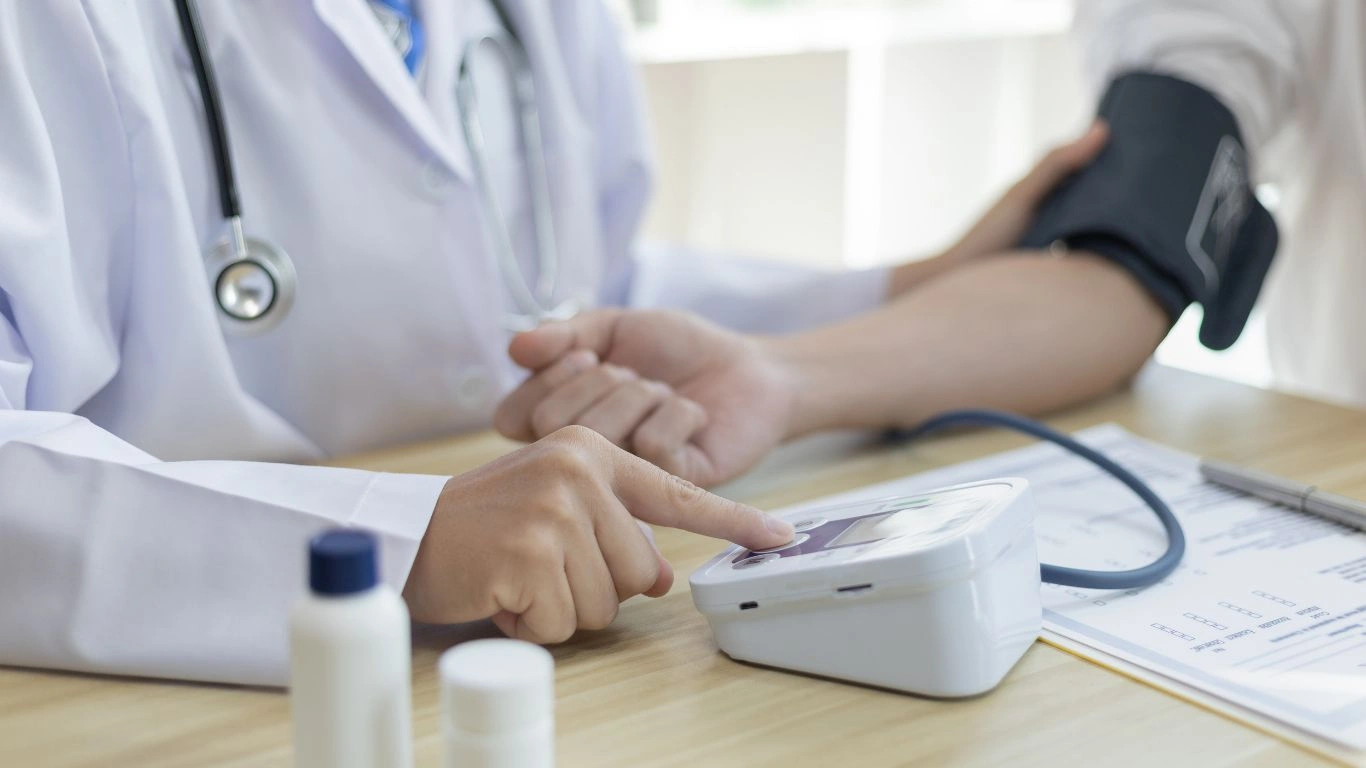
Now that we’ve covered how blood pressure and the dangers of trans fats are linked, it’s time to focus on practical ways to reduce your intake of these unhealthy fats. You don’t have to become an expert on food labeling overnight, but being more mindful of what’s in your food can make a big difference in your heart health.
1. Read Labels Like a Pro
I know, reading labels isn’t always the most exciting part of grocery shopping, but it’s essential if you want to avoid trans fats. When you’re looking at a product, don’t just glance at the front. Flip it over and check the ingredients list. If you see terms like “partially hydrogenated oils” or “hydrogenated oils,” that’s a clear red flag. These ingredients are where trans fats hide. Also, keep in mind that foods with less than 0.5 grams of trans fats per serving can still be labeled as “trans fat-free,” but if you’re eating more than one serving, those small amounts can add up quickly.
2. Stick to Whole, Unprocessed Foods
The best way to cut down on trans fats is by focusing on whole, unprocessed foods. Fresh fruits, vegetables, whole grains, and lean proteins are naturally free of trans fats. When you cook from scratch, you have full control over what goes into your food, which means you can avoid hidden sources of trans fats altogether.
Personally, I love cooking meals at home. Not only does it allow me to get creative in the kitchen, but it also ensures I’m using fresh, whole ingredients. And let me tell you, cooking doesn’t have to be complicated or time-consuming. Even simple dishes like a roasted chicken with veggies or a homemade stir-fry can be healthy, satisfying, and free from harmful trans fats.
3. Choose Healthier Cooking Oils
When it comes to cooking oils, it’s important to choose ones that support your heart health. Olive oil, avocado oil, and coconut oil are great choices. These oils contain healthy fats that can help reduce inflammation and lower bad cholesterol, which, in turn, can help manage blood pressure. I know it’s tempting to grab that cheap bottle of vegetable oil when you’re in a rush, but trust me—your body will thank you if you opt for healthier options in the long run.
How to Replace Trans Fats with Healthy Alternatives
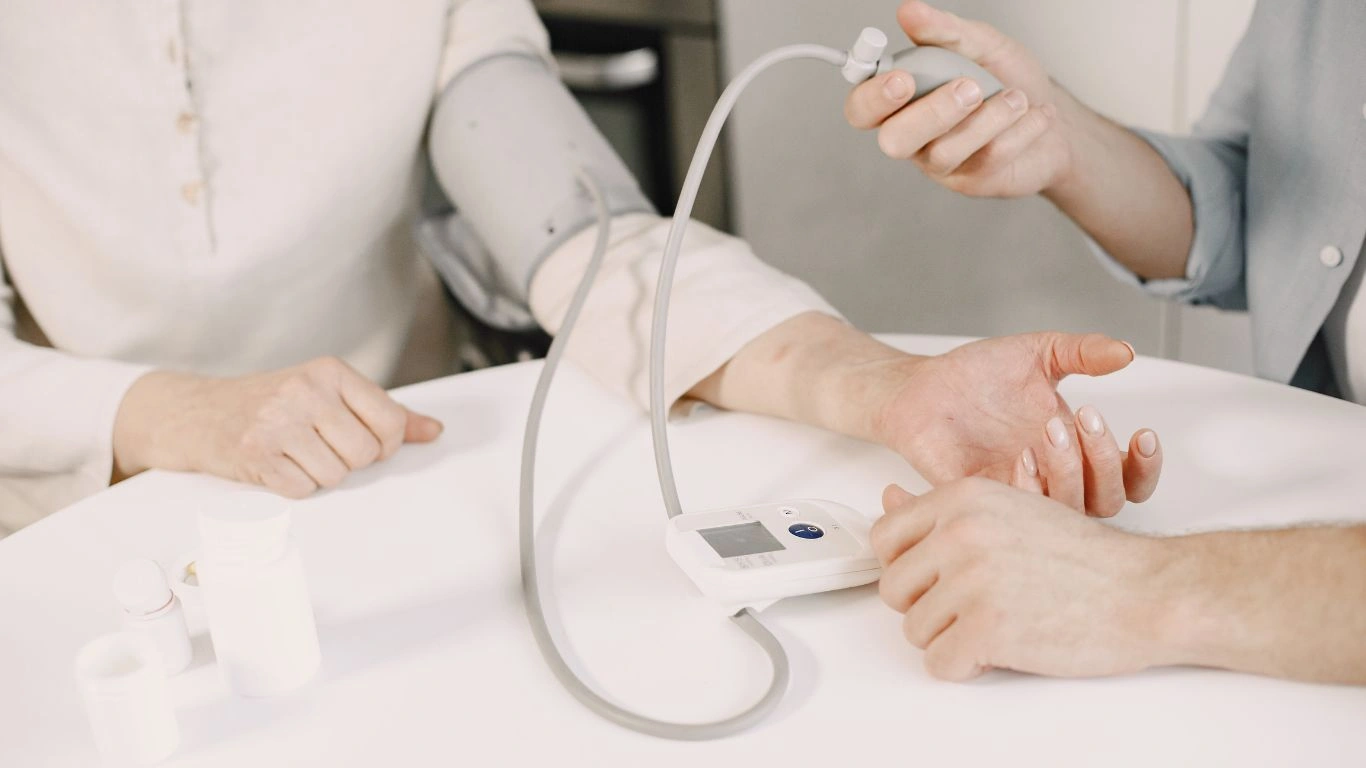
Okay, so we’ve established that trans fats are no good for your blood pressure, but what can you do instead? The good news is, there are plenty of delicious and heart-healthy alternatives to keep your diet enjoyable while still being mindful of your blood pressure.
1. Embrace Monounsaturated Fats
Monounsaturated fats are one of the healthiest fats you can incorporate into your diet. These fats are known to help reduce bad cholesterol levels, lower blood pressure, and protect against heart disease. You can find monounsaturated fats in foods like olive oil, avocados, and nuts. I personally love adding sliced avocado to salads or spreading it on toast for a tasty, heart-healthy snack. It’s a simple way to boost your fat intake without reaching for those processed foods that are full of trans fats.
2. Omega-3 Fatty Acids: The Heart’s Best Friend
Omega-3 fatty acids are another great addition to your diet if you want to lower your blood pressure and improve overall cardiovascular health. These healthy fats are known for their anti-inflammatory properties and their ability to help relax blood vessels, making it easier for your heart to pump blood. Fatty fish like salmon, mackerel, and sardines are rich in omega-3s, as are chia seeds, flaxseeds, and walnuts. Adding these foods to your meals regularly can have a significant impact on your heart health and blood pressure.
3. Try Plant-Based Oils
Another healthy fat option is plant-based oils, such as flaxseed oil or walnut oil. These oils are packed with essential fatty acids that can help maintain healthy blood pressure levels. I’ve had patients who’ve swapped out their usual cooking oils for these plant-based options and noticed a big difference in their energy levels and overall health. They also provide a unique flavor to dishes, making it easy to switch things up in the kitchen.
The Importance of Reducing Processed Foods

Processed foods are a major source of trans fats, and unfortunately, they’re everywhere. From packaged snacks to fast food, these foods can be hard to avoid, especially in today’s busy world. But the more you can cut back on processed foods, the better it will be for your blood pressure. Processed foods are also loaded with excessive amounts of salt, sugar, and artificial additives, all of which contribute to high blood pressure and other health issues.
How to Start Reducing Processed Foods
Start by gradually replacing processed foods with whole foods. Instead of reaching for a bag of chips, try a handful of nuts or fresh fruit. Swap out sugary breakfast cereals for oatmeal or whole-grain toast with avocado. And when you’re craving something savory, make your own popcorn at home instead of buying the pre-packaged kind that’s loaded with unhealthy fats and additives.
One of my favorite things to do is prepare meals in bulk. That way, I always have a healthy option ready to go, and I’m less likely to grab something quick and processed. It takes a little planning, but it’s worth it when you’re saving time and eating better for your blood pressure.
Remember, small changes add up over time. If you start making these healthier choices now, you’ll be giving your heart the support it needs to function at its best. It’s all about creating a sustainable lifestyle that prioritizes your health and well-being.
What to Do If You Have High Blood Pressure
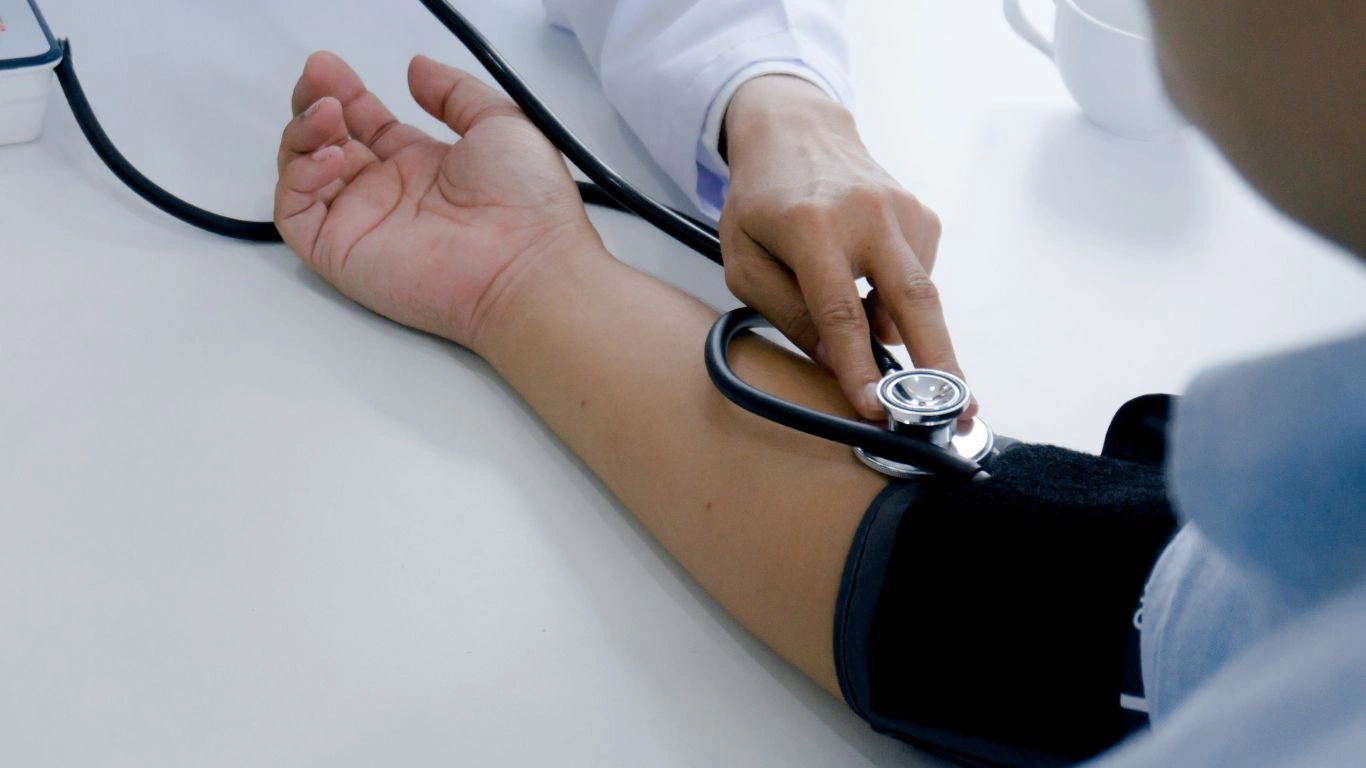
If you’ve been diagnosed with high blood pressure, don’t panic. I’ve seen countless people who, with the right lifestyle changes and treatments, have successfully managed their hypertension and taken control of their health. The key is understanding what you’re up against and what you can do to improve your situation.
Start by Talking to Your Doctor
First and foremost, it’s important to work with your healthcare provider. Blood pressure can be influenced by various factors, including genetics, stress levels, and diet. Your doctor will be able to assess your unique situation and guide you in making the necessary changes. If needed, they might prescribe medication to help manage your blood pressure while you implement lifestyle changes. But, keep in mind that medication alone is often not enough. It’s the combination of medication, a healthy diet, exercise, and stress management that will give you the best results.
In my experience, I’ve seen patients make huge strides in lowering their blood pressure simply by cutting out processed foods, reducing salt intake, and switching to healthier fats. In fact, many have been able to reduce or even eliminate their blood pressure medication as a result of these changes. It’s empowering to take control of your health in this way!
Monitor Your Blood Pressure Regularly
Monitoring your blood pressure at home can be a helpful way to track your progress and ensure that the changes you’re making are effective. There are plenty of affordable home blood pressure monitors available, and keeping track of your numbers will give you peace of mind. You can share this information with your doctor to make informed decisions about your treatment plan. And remember, it’s not just about checking once in a while—consistent monitoring helps you stay on top of your blood pressure and can alert you to any potential issues before they become serious problems.
Exercise: A Powerful Tool for Managing Blood Pressure
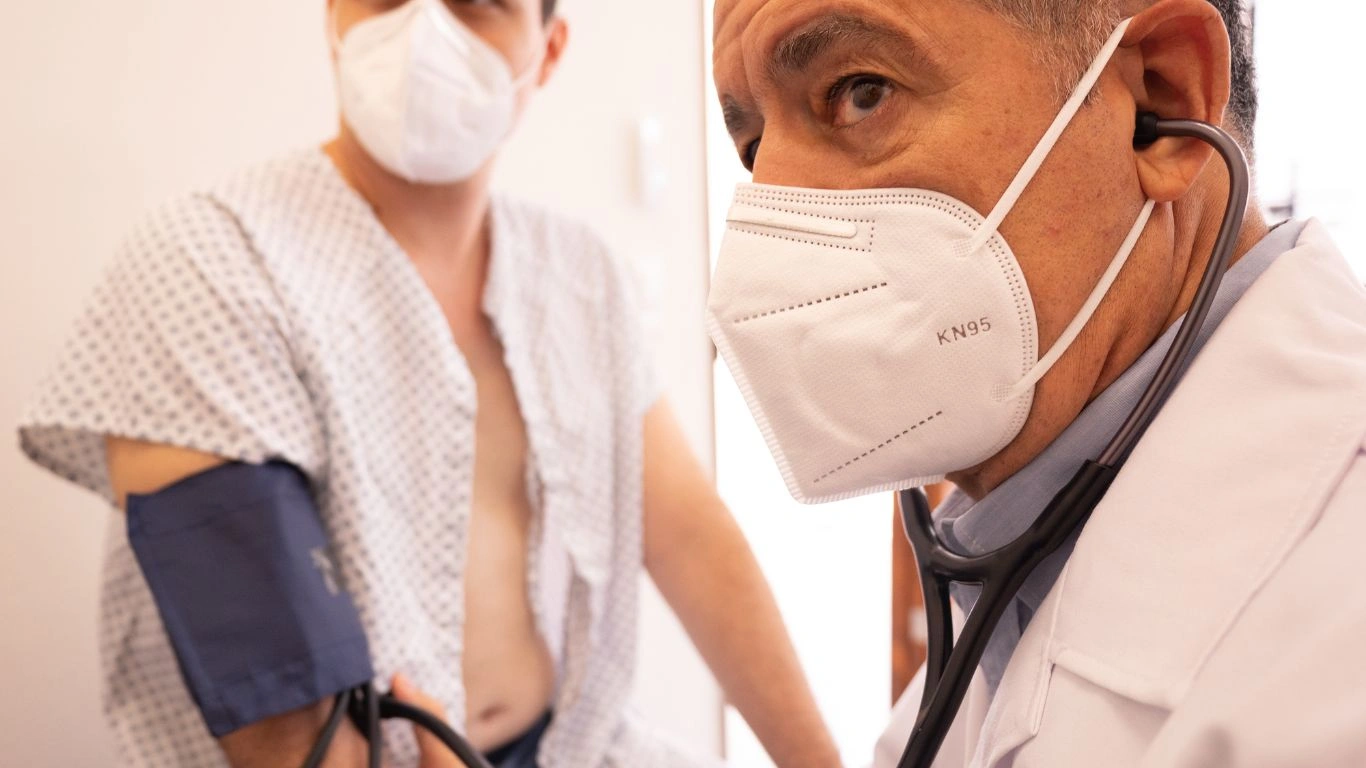
Exercise is another crucial factor when it comes to managing high blood pressure. I know that for many people, exercise can feel like a chore, but trust me when I say that just a little bit of movement can make a huge difference. Regular physical activity helps lower blood pressure, improve heart health, and reduce stress. It’s one of the most effective lifestyle changes you can make, and the best part is that it doesn’t have to be intense or time-consuming.
Find an Exercise Routine That Works for You
It doesn’t matter if you’re running marathons or just taking a walk around the block—exercise is exercise, and it all counts. For beginners, something as simple as a brisk 30-minute walk, three to five times a week, can be enough to start seeing improvements in your blood pressure. Other activities like swimming, cycling, or even yoga are great options, too. If you can find something that you enjoy, you’re much more likely to stick with it in the long run.
Incorporating physical activity into your daily routine doesn’t have to be complicated. I always tell my patients to start small and work their way up. Whether it’s taking the stairs instead of the elevator, going for a daily walk, or participating in a fitness class, every bit helps your heart. Remember, consistency is key!
Managing Stress: A Crucial Component of Lowering Blood Pressure
Stress is one of those sneaky factors that can silently contribute to high blood pressure. When you’re stressed, your body releases hormones that temporarily raise your blood pressure. Chronic stress can cause long-term problems, making it harder to manage hypertension. But here’s the good news: you can control how you respond to stress, and managing it is one of the most effective ways to protect your heart.
Simple Stress-Relief Techniques
Stress relief doesn’t have to involve fancy yoga poses or expensive meditation apps (though if those things work for you, go for it!). It can be as simple as deep breathing exercises, listening to music, or even enjoying a cup of tea in a quiet space. For me, I love taking short walks during the day—getting outside for a few minutes always helps clear my mind. It’s important to find what works best for you. Here are a few stress-relieving activities that have worked for my patients:
- Deep breathing or mindfulness meditation
- Engaging in a hobby or creative activity (painting, gardening, knitting)
- Spending time with loved ones
- Taking short breaks during the day to stretch and move
Sleep: Never Underestimate Its Importance
One more thing that plays a huge role in blood pressure regulation is sleep. When you don’t get enough rest, your body can’t function properly, and your blood pressure may rise. Aim for 7-9 hours of quality sleep each night. Make sure your bedroom is a peaceful environment, and try to stick to a regular sleep schedule. It’s a simple habit, but it can make a world of difference for your heart health.
References & Resources
If you’re looking for additional resources on hypertension, heart health, and lifestyle changes to manage your blood pressure, here are a few trusted websites that can help:
- Centers for Disease Control and Prevention (CDC) – Information on high blood pressure and how to manage it.
- American Heart Association – Everything you need to know about high blood pressure and its treatment.
Disclaimer
The information provided in this article is for educational purposes only and is not intended as medical advice. Always consult with a healthcare provider for any concerns about your blood pressure or overall health. This content is not a substitute for professional medical advice, diagnosis, or treatment.

Dr. Gwenna Aazee is a board-certified Internal Medicine Physician with a special focus on hypertension management, chronic disease prevention, and patient education. With years of experience in both clinical practice and medical writing, she’s passionate about turning evidence-based medicine into accessible, actionable advice. Through her work at Healthusias.com, Dr. Aazee empowers readers to take charge of their health with confidence and clarity. Off the clock, she enjoys deep dives into nutrition research, long walks with her rescue pup, and simplifying medical jargon one article at a time.

